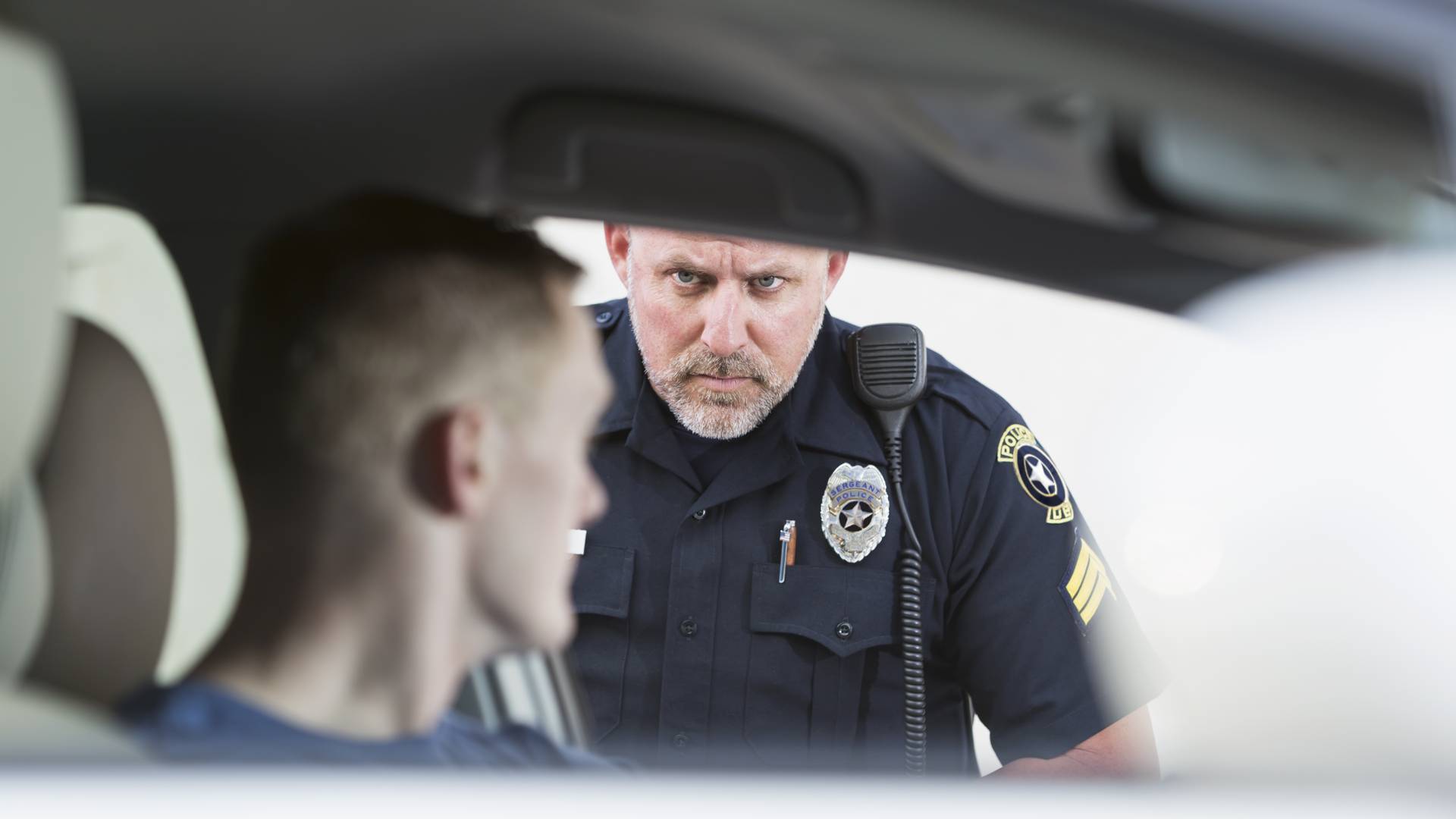The Derek Chauvin trial is one that will be talked about for years to come—for its conviction of a police officer in a state that had convicted only one previously, for its transmission prevention measures during a global pandemic, and for its unprecedented view into courtroom proceedings, broadcast live for all to see.
Although the trial is now over, some elements should not only remain, but should become the new standard for courtrooms in Minnesota and across the country. Notably, the livestreams and broadcasts of the trial achieved two goals: they gave the public an unfiltered view into the workings of the criminal justice system and, in so doing, ensured the defendant had a “speedy and public trial” which is guaranteed to every American under the Sixth Amendment of the U.S. Constitution.
The Benefits of Cameras in the Courtroom
Historically, cameras in the courtroom have been an infrequent occurrence. In fact, Minnesota General Rules of Practice (Minn. Gen. R. Prac.) only permit cameras if the defense and prosecution agree and the judge approves (Rule 4.02 (d), Minn. Gen. R. Prac.). This very rarely happens; at least one of the parties typically does not consent.
Interestingly, this was the case in the Derek Chauvin trial. The prosecution vehemently opposed cameras in the courtroom because they believed the cameras would invade witnesses’ privacy and affect their testimonies adversely. But, we all know that cameras were allowed in the courtroom for the Derek Chauvin trial. So, what happened?
COVID-19 happened. The judge in this case, Judge Peter A. Cahill, recognized the limitations that the pandemic placed on public gatherings and, subsequently, the defendant’s right to a public trial. So, the judge enacted a “catch-all” provision that states, “a judge may modify the application of these rules in any case to prevent manifest injustice” (Rule 1.02, Minn. Gen. R. Prac.). Since COVID-19 protocols inhibited the defendant’s right to a fair trial and the manifestation of justice, cameras were a necessary work-around.
As the trial commenced, it was evident that cameras in the courtroom were not negatively affecting the witnesses, as the prosecution had feared. No witness exhibited obvious discomfort knowing their identities were being broadcast as they recounted their tale of the events that unfolded on May 25, 2020.
Further, the cameras may have had an even greater positive effect not evident in the courtroom itself. Widespread mistrust of the government and its procedures has manifested across the country, particularly in regard to systems or trials being “rigged,” “stolen,” or unfair. This unfiltered view into the trial’s proceedings allowed the public to see for themselves how a courtroom operates rather than reading about it from a media source.
This is why it is vital to keep cameras in the courtroom. It is an important step toward restoring faith in the American government and ensuring transparency in the criminal justice system. In this day and age, nearly every public event can be viewed remotely, and so it must also be for courtroom proceedings.
.2105101135265.png)




.2407131209550.png)





